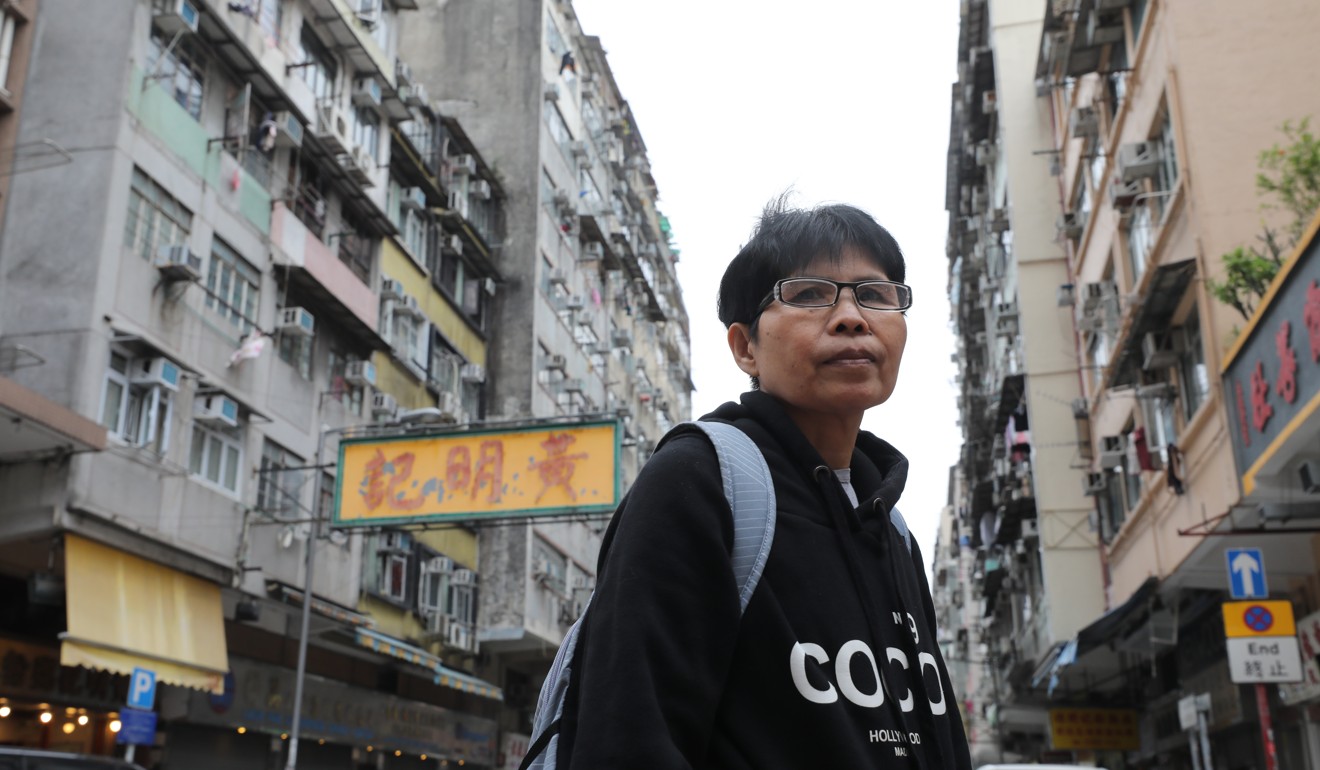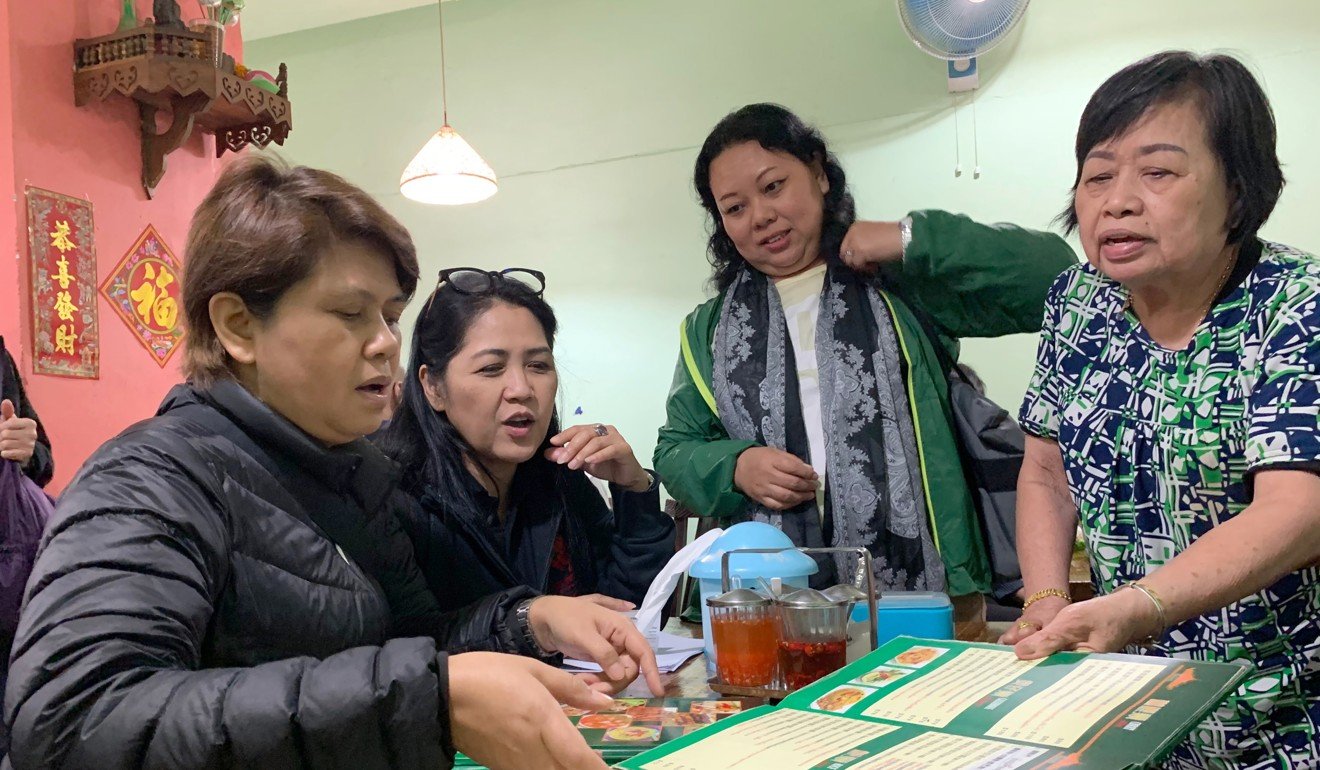
In Hong Kong’s ‘Little Thailand’ of Kowloon City, redevelopment brings fears for community
- The city’s redevelopment agency wants to transform part of the area, relocating 670 households and 40 shops
- As well as concerns for the effect on the area, there are complaints that information on the project has only been available in English and Chinese, not in Thai
People in Hong Kong’s best-known Thai neighbourhood are worried that their community will fall apart as the city’s redevelopment agency looks to spruce up part of the area.
“If we move away from here, it won’t be the same any more and we’ll lose our community,” said Penpaka Thetmak, in her 40s, who has lived in the area for two decades.
She lives with her husband at the end of the targeted area on 82 Kai Tak Road, in a 700 sq ft flat, paying about HK$6,000 a month.
Last hurrah for Kwun Tong stall owners bowing to redevelopment
“I won’t be able to find a place to live. The rent is so expensive, and not only in Kowloon City,” she said.
Penpaka helps run a service centre providing support for the Thai community on Sa Po Road, such as classes that teach students Chinese and Thai.
“The Thai community has taken root here. We really love and care for this area because this place is our home,” she said.
According to the 2016 by-census, more than 800 Thai people live in Kowloon City, of the 10,215 Thais in Hong Kong.
“This does not count the number of Thai people who come to Kowloon City who run a shop but are not residents, and those who come to Kowloon City for activities,” said Phobsuk Gosing, chairwoman of the Thai Migrant Workers’ Union.
The 60-year-old domestic worker has been working in Hong Kong since 1991.

Phobsuk said there were more than 18 Thai residents and tenants in the affected area, as identified by the URA so far. Some Thai tenants run restaurants, karaoke bars, massage parlours and barbershops, she said.
The union’s office is also within the redevelopment area, on Kai Tak Road.
She said she was unsure whether all the Thai residents were aware of what was happening and had registered with the URA for a survey that identifies people eligible for compensation.
“I think there may be some Thai residents who haven’t registered, because they don’t know what’s happening without materials translated into Thai,” Phobsuk said.

“We’ve told those who run barbershops and restaurants to tell customers to register with the URA if they haven’t.”
An Equal Opportunities Commission spokeswoman said the watchdog had sent the URA a letter recommending that it issue information in languages understood by people affected.

A URA spokesman said a special briefing session for Thais, with an interpreter, was arranged on March 18 in addition to the normal briefing last month. Documents would be translated into Thai and five other languages to help people from ethnic minorities understand how the project affects them.
In a 2014 advisory report, the Kowloon City District Urban Renewal Forum, which consulted the public before forming a strategy for the URA to renew the district, designated the zone as a “rehabilitation and revitalisation priority area”, meaning it recommends conservation and building maintenance, instead of redevelopment, to preserve local character.
But the proposal did not restrict the URA from redeveloping “individual old buildings” there, and the blocks in the current project were recommended for redevelopment.
Historian Joseph Ting Sun-pao said Kowloon City used to be bustling because it was near the old Kai Tak airport, which closed in 1998.

Back then, many travellers liked to eat in the area before catching a flight, which was probably why the stretch attracted many Thai restaurateurs, Ting said.
He added that the place was also known for its large Chiu Chow community.
“I’m a little bit worried about [gentrification],” Ting said. “When rents increase, some old shops may not be able to afford it ... I think Kowloon City is one of the most atmospheric areas in Hong Kong. I think it’s better to keep it as it is.”


